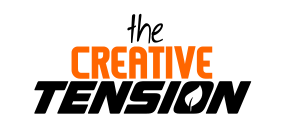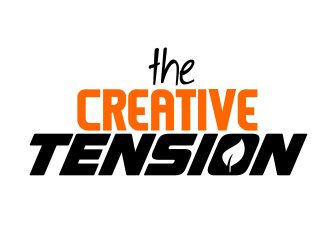In this episode of the Creative Tension, David V. Hodes returns to explore why many workplaces unintentionally create overload, stress, and disengagement – and how we can do better. At the heart of the conversation is the concept of a human resource taxonomy: a structured way to describe people’s competences, skills and roles. David explains how this foundation allows organizations to match real work (demand) with real capacity (supply), enabling what he calls “Just Work.” It’s about making the unreasonable and impossible, reasonable and possible. This is a conversation for anyone who wants work to be fair, meaningful, effective, and truly human.
1. Summary & Theme
Theme: Just Work – grounding fairness and effectiveness in human resource management through taxonomy.
Key Topics & Tensions Explored:
- Why so many people feel overworked, stressed, or burnt out at work
- How a lack of visibility into skills, capacity, and availability creates unfair demands
- Why “just work” requires aligning expectations with resources: making the unreasonable and impossible, reasonable and possible
- How resource taxonomy offers a structured, scalable way to manage work and people fairly
- The difference between generic and specific resource types — and why it matters for planning and execution
- Moving from fuzzy role descriptions to data-driven matching of supply and demand
- What happens when we move from “arrive to work” to “work to arrive”
2. Gifts & Key Takeaways
Try it yourself:
- Download the Human Resource Taxonomy examples
- Map your team: Try classifying the roles in your own team using domain, discipline, specialty, and rank – by using the Human Resource Taxonomy examples as inspiration
- Reflect on gaps and overlaps in demand versus the supply available (resource pools)
Reflect on this:
- What would it look like to treat work and people in a “just” manner?
- Can you confidently say the expectations you place on others are both reasonable and possible?
- Are your team members empowered with the skills, authority, and time they need to succeed?
Bonus: Take David’s free online quiz to assess how your organization measures up when it comes to creating “Just Work” environments.
3. Mentioned Concepts, Resources, and People
Concepts & Models:
- Human Resource Taxonomy (Domain → Discipline → Specialty → Rank) – Craft
- Supply & Demand Matching in Workforce Planning
- Just Work Manifesto (Fairness, Reasonableness, Possibility)
- Generic vs. Specific Resource Types
- Resource Pools
- Finite Scheduling vs. Push-Based Planning
- Rate Cards and Cost Allocation
- “Work to Arrive” vs. “Arrive to Work”
Referenced Thinkers:
- Eliyahu Goldratt (Theory of Constraints, “The Goal: A Process of Ongoing Improvement”) including “the story of Herbie”
- Peter Senge (Systems Thinking, Learning Organizations, “The Fifth Discipline: The Art and Practice of the Learning Organization”)
- Edgar Schein (Organizational Culture)
- Elliott Jaques (Requisite Organization, “Requisite Organization: A Total System for Effective Managerial Organization and Managerial Leadership for the 21st Century”)
Resources:
- Human Resource Taxonomy Example – Pizzeria
- “More Than Just Work: Innovations in Productivity to Inspire Your People and Uplift Performance” by David V. Hodes
- The Just Work Manifesto
- Free Just Work Organizational Quiz
4. About David V. Hodes & How to Reach Him
Who is David?
David V. Hodes is the founder of Ensemble, a management consultancy and technology firm dedicated to creating better ways of working. With a background in engineering and systems thinking, David integrates Theory of Constraints, organizational design, and deep insights into human motivation to help organizations unlock capacity and create meaning at work. He is also the author of the book “More Than Just Work: Innovations in Productivity to Inspire Your People and Uplift Performance”.
Connect with David:
www.qairos.com (Work is Work platform)


